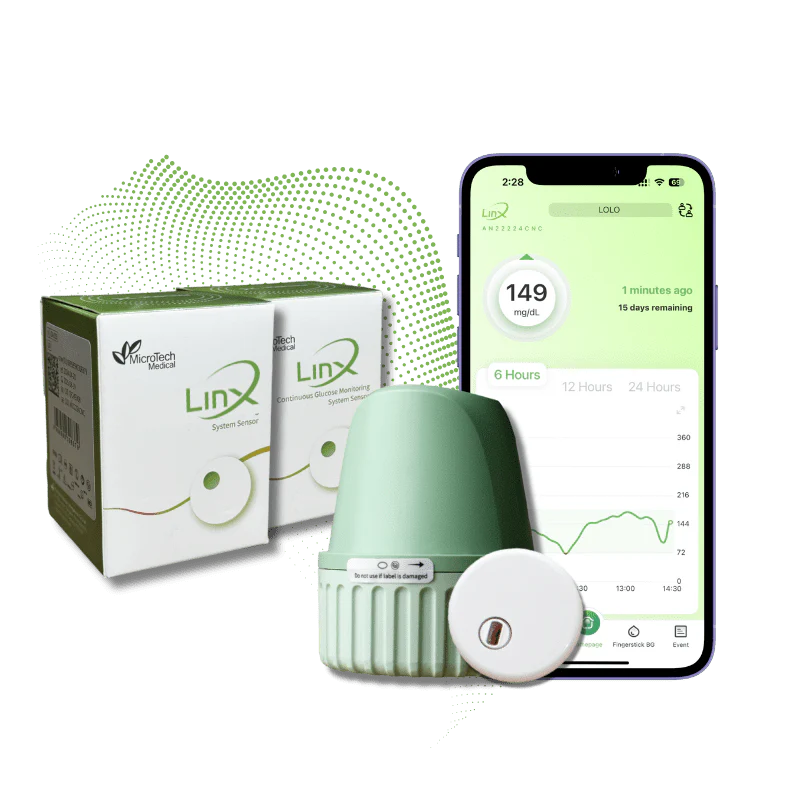
Muscle Building Workout Plan at Home – No Gym Needed
Introduction
This plan focuses on building muscle effectively without using a gym. Home workouts offer convenience, save money, and provide flexibility to train anytime. It suits beginners and intermediate fitness enthusiasts who want to gain muscle at home without equipment Muscle building workout plan.
Understanding Muscle Building Without Gym Equipment
Muscle hypertrophy refers to muscle fiber growth. There are two types of muscle fibers: Type I (slow-twitch) and Type II (fast-twitch). Training intensity, volume, and frequency influence growth. Progressive overload is key to muscle gain even without weights. The effective rep range for hypertrophy is 8 to 15 repetitions per set. Training three to five days a week supports consistent growth. Bodyweight exercises and minimal equipment can stimulate muscles well by challenging fibers and increasing time under tension.
Essential Home Exercises for Muscle Building
Compound bodyweight movements like push-ups, squats, lunges, and pull-ups engage multiple muscle groups and build strength. Isolation exercises can use bodyweight or household items such as water bottles for bicep curls. Progressions include changing angles, increasing reps, or slowing tempo to make exercises harder. Targeting all major muscles—chest, back, legs, shoulders, arms, and core—is important for balanced development.
Structuring an Effective Home Workout Plan
Full-body workouts or upper/lower splits work well for home training. Sessions typically last between 30 and 60 minutes and should occur three to five times weekly. Warm-ups and cooldowns can include dynamic stretches and light movements suitable for limited space. A sample four-week plan progressively increases difficulty by adding reps, sets, or exercise variations.
Progression Methods Without Weights
Progression can be achieved by adding more repetitions and sets over time. Slowing down the movement increases time under tension, improving muscle stimulus. Unilateral exercises like single-leg squats place more load on each limb. Pauses and isometric holds during reps further challenge muscles. When available, household objects can add resistance to increase difficulty.
Nutrition to Support Muscle Growth at Home
Muscle building requires proper macronutrient intake, mainly protein, carbohydrates, and fats. Protein consumption between 1.6 and 2.2 grams per kilogram of body weight supports muscle repair and growth. A balanced calorie surplus of 5 to 15 percent above maintenance ensures muscle gain without excessive fat. Whole, nutrient-dense foods and proper hydration contribute to optimal performance. Meal timing should prioritize protein and carbs around workout sessions.
Recovery and Injury Prevention at Home
Sleep of 7 to 9 hours per night is crucial for muscle repair and hormone balance. Active recovery, including stretching, mobility drills, and foam rolling when possible, helps reduce soreness. Without professional supervision, it is important to monitor for overuse injuries and adjust workouts accordingly. Rest days are necessary for recovery and should be part of any home workout routine.
Overcoming Common Challenges of Home Muscle Building
Staying motivated without the gym atmosphere can be difficult. Setting a routine and finding accountability can help. Limited equipment and space require creativity with exercises and progressions. Plateaus can be avoided by varying movements and intensities. Tracking progress through logs or photos aids in maintaining focus and adjusting the plan effectively.
Conclusion
Effective muscle building at home is achievable through a structured workout plan, proper nutrition, and consistent recovery. Utilizing bodyweight exercises and household items allows for progressive overload and balanced muscle development. Overcoming challenges like motivation and equipment limits is possible with planning and creativity. Home workouts provide accessible and efficient means to build muscle for beginners and intermediates alike.
FAQs
Can I build significant muscle without weights?
Yes, muscle can be built using bodyweight exercises and progressive overload techniques that increase intensity over time.
How often should I change my home workout routine?
Changing the routine every 4 to 6 weeks helps avoid plateaus and maintains progress.
What are the best substitutes for gym equipment at home?
Household items like water bottles, backpacks with books, or resistance bands can add resistance and variety.
How do I stay motivated when training alone?
Setting goals, tracking progress, and creating a consistent schedule improve motivation when training solo.




